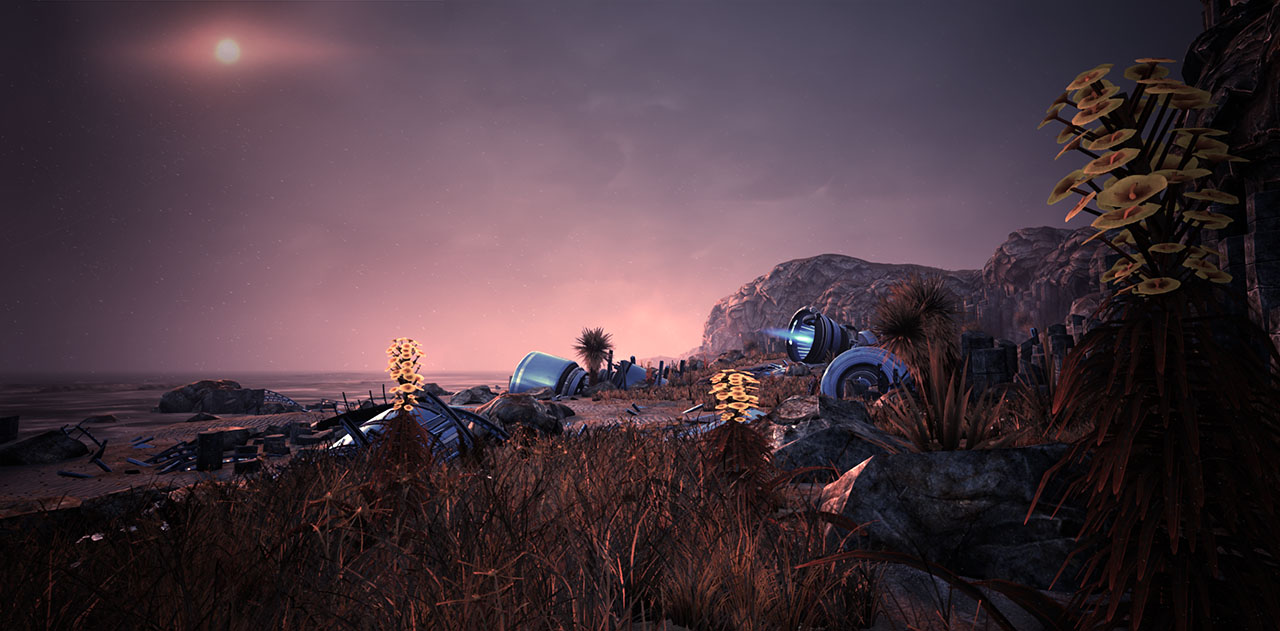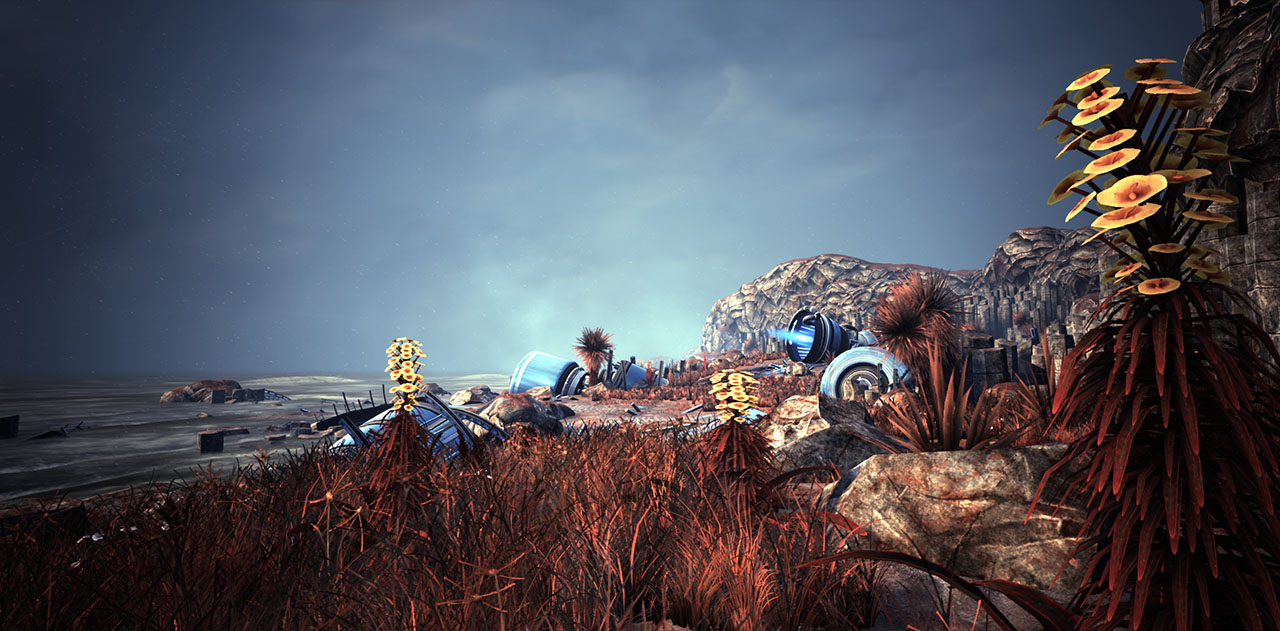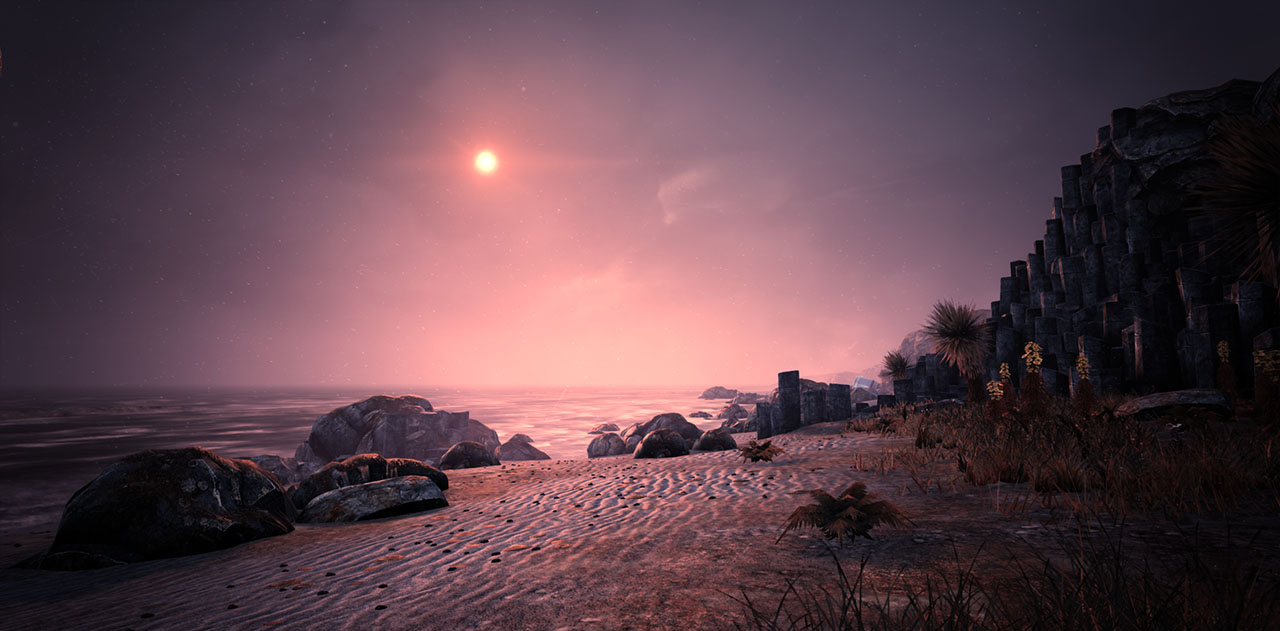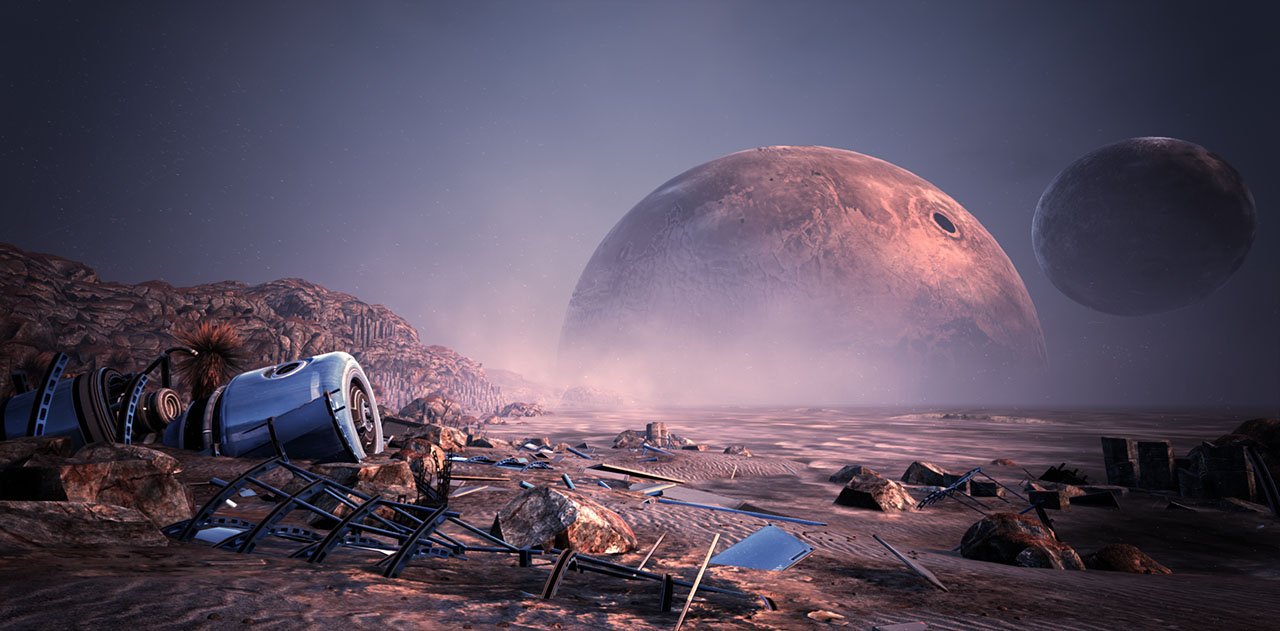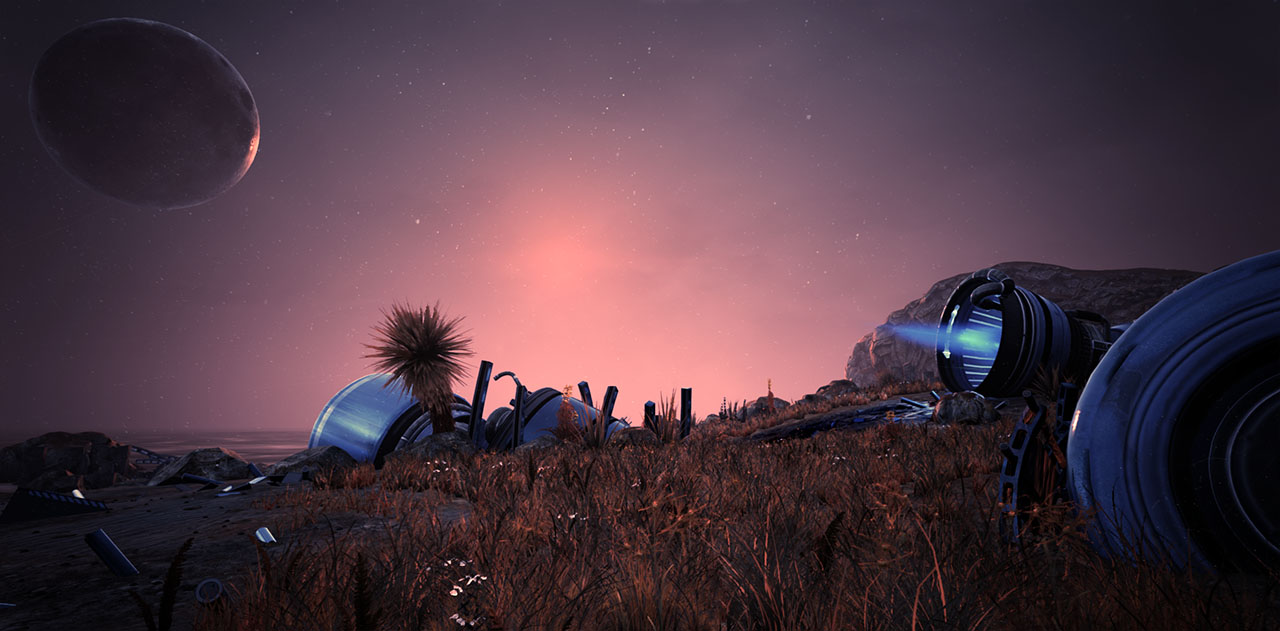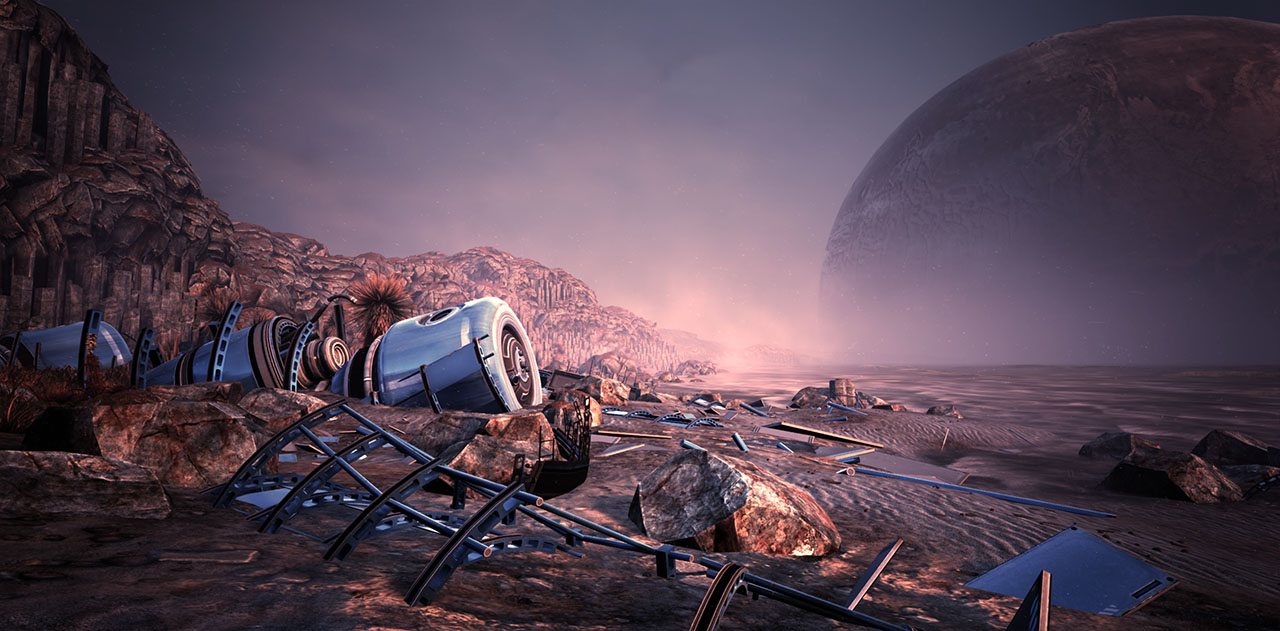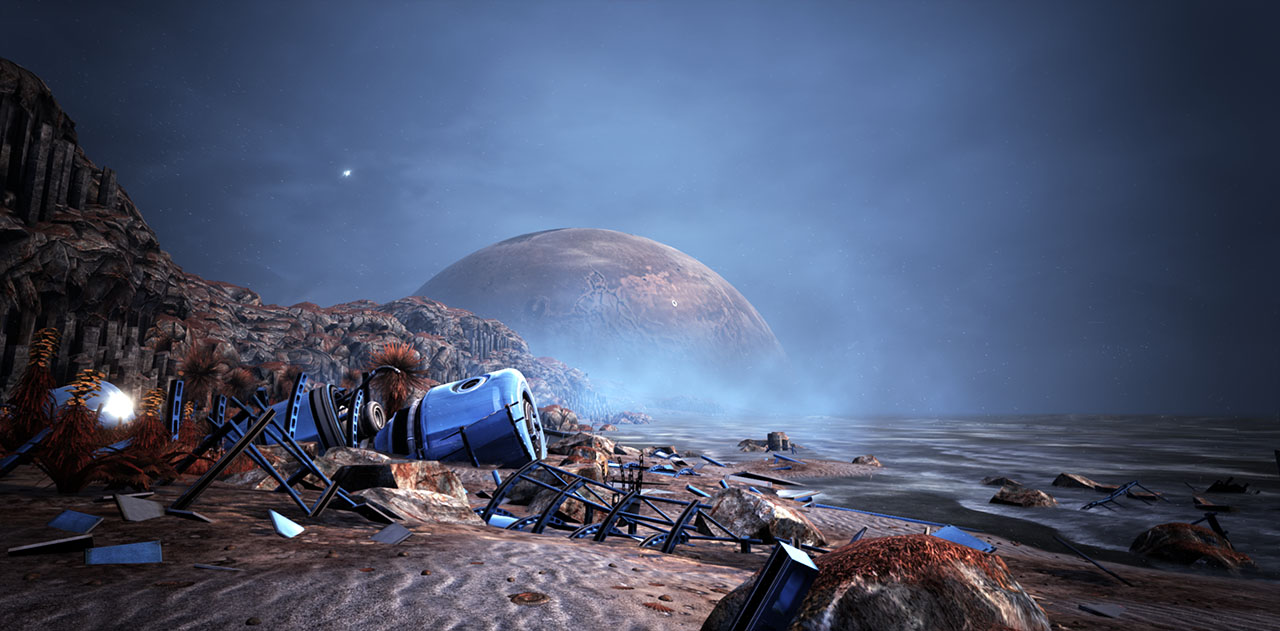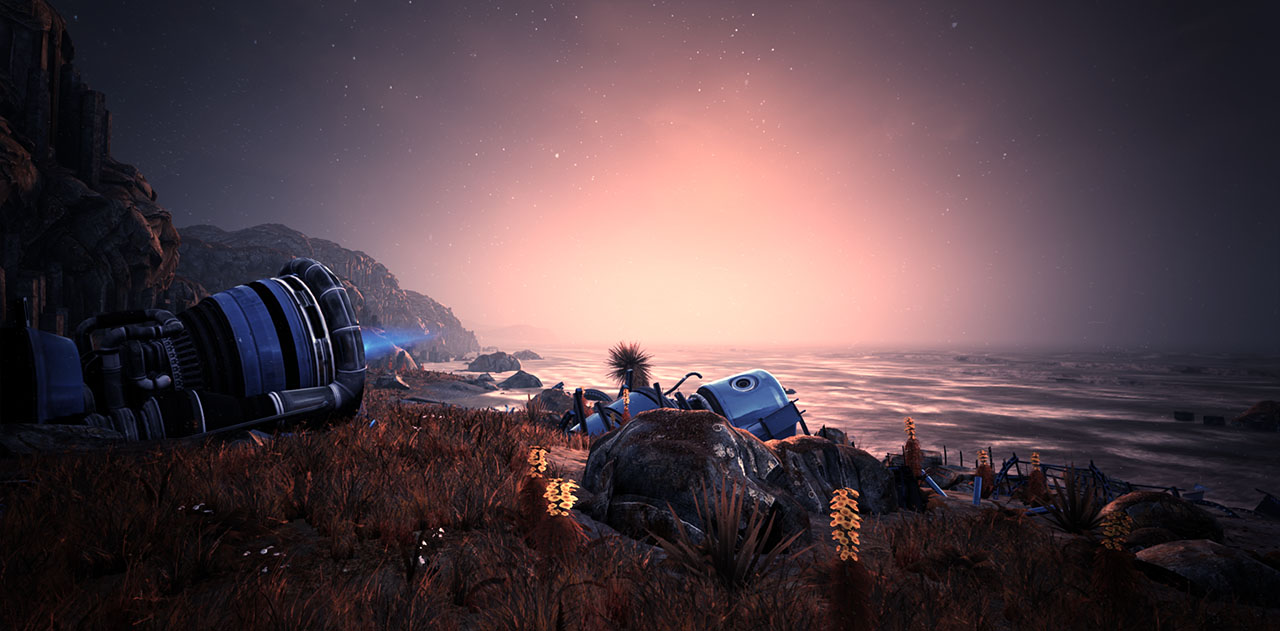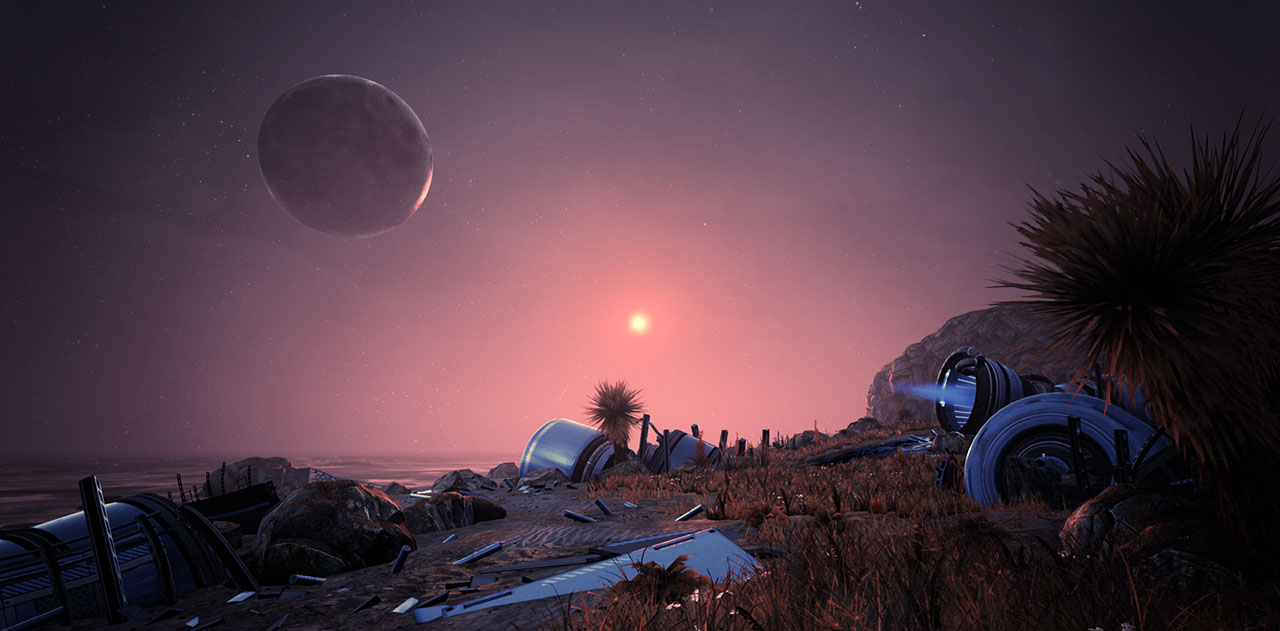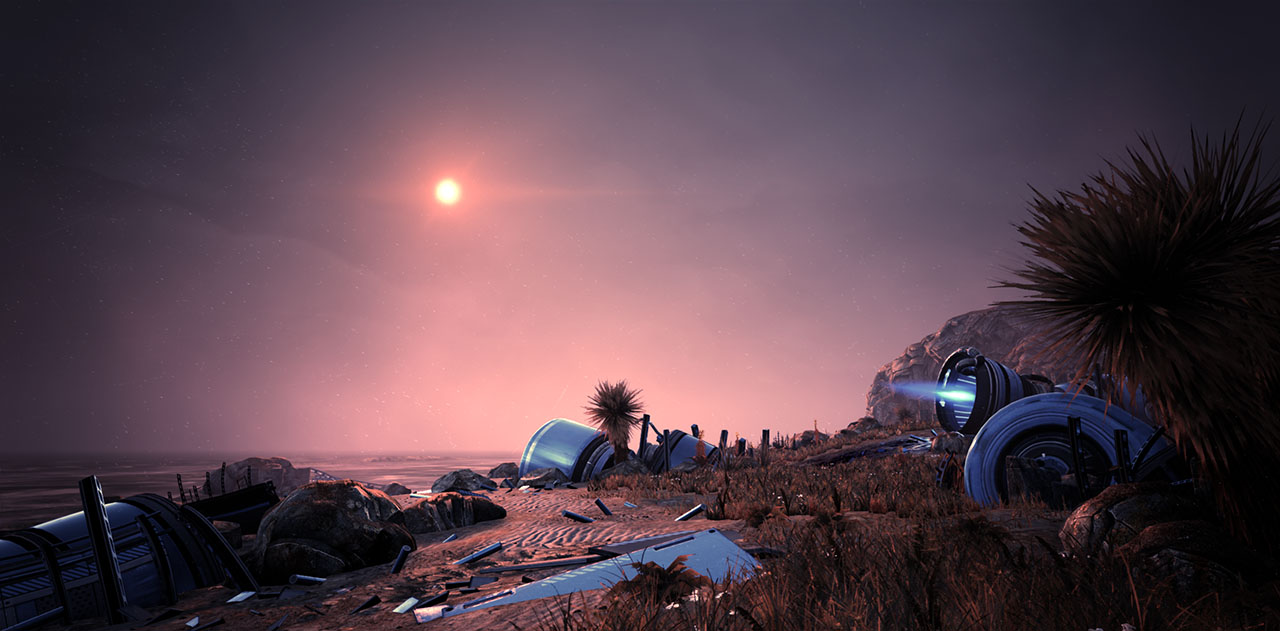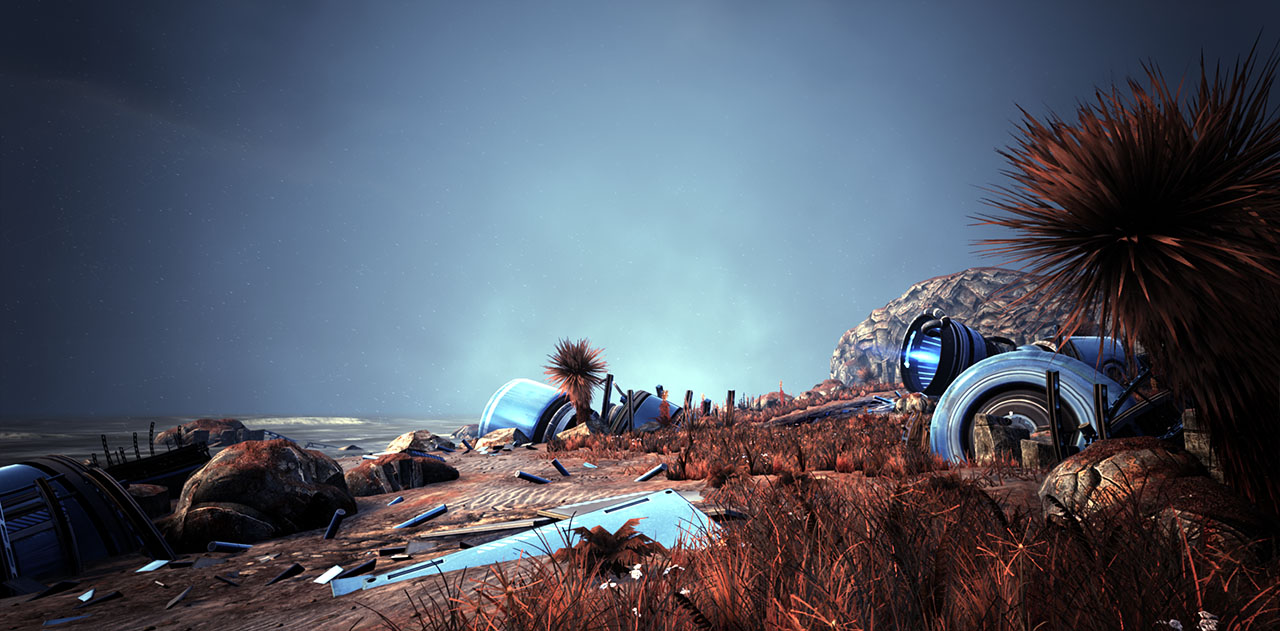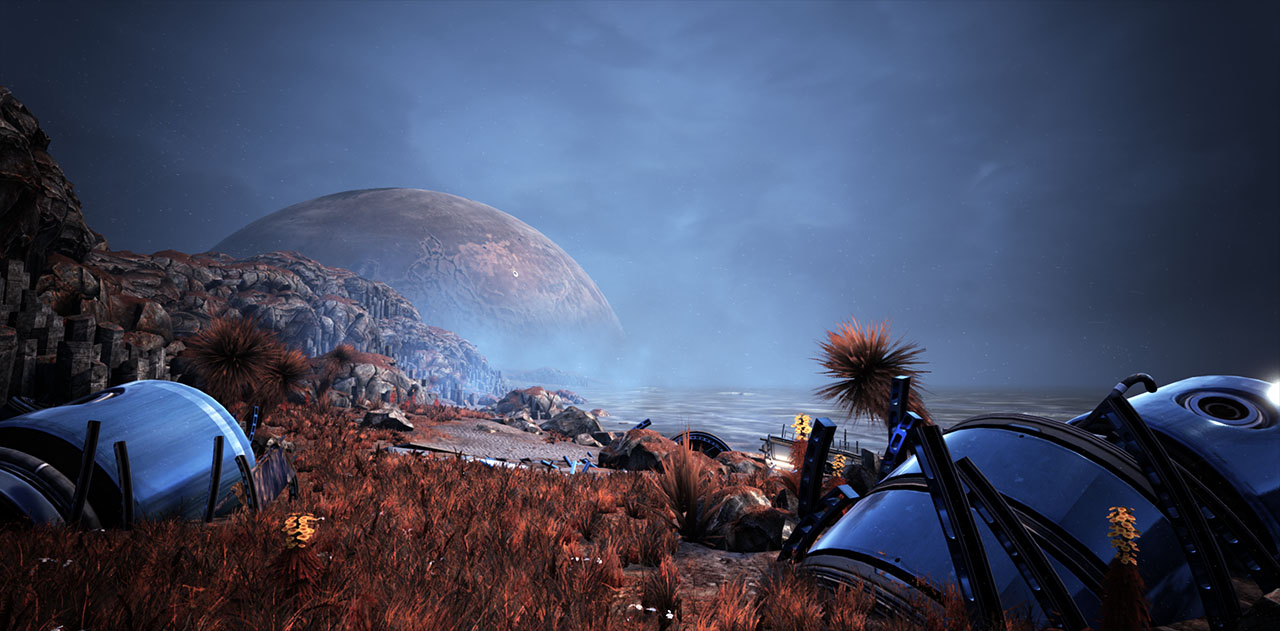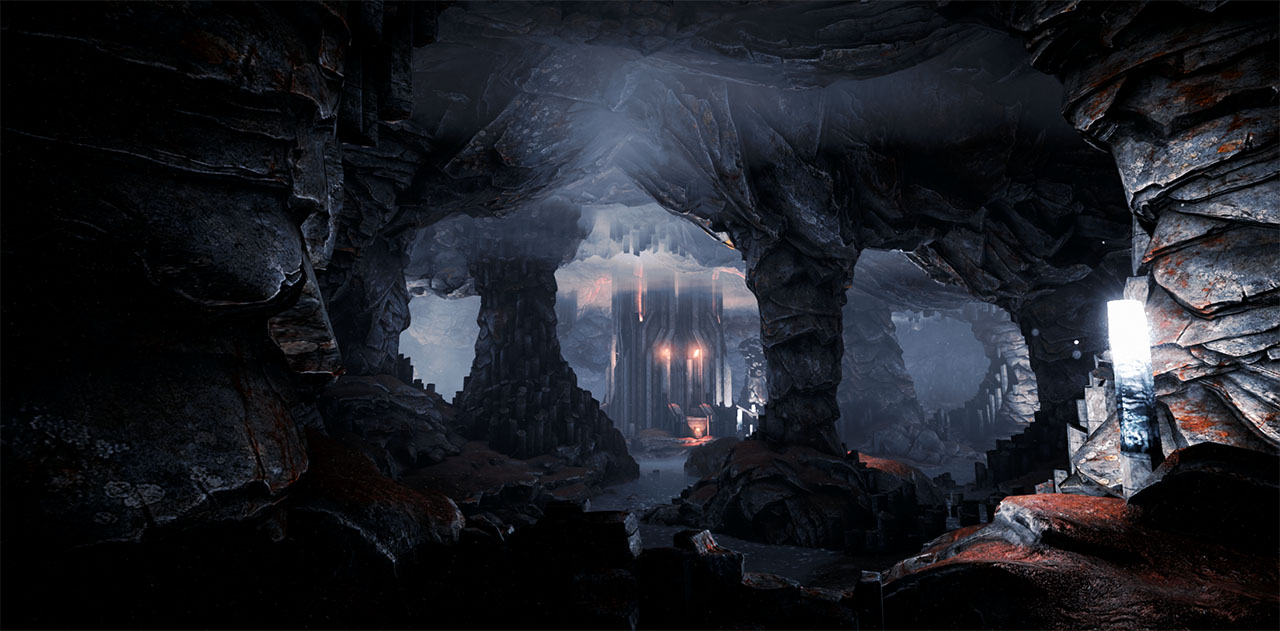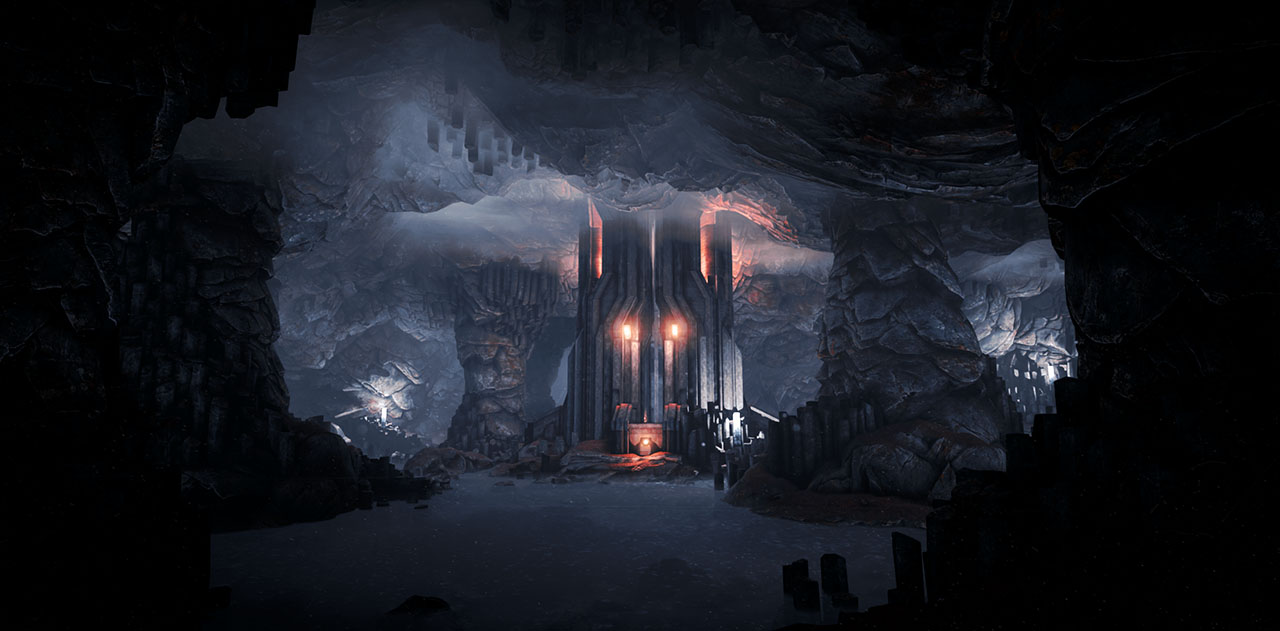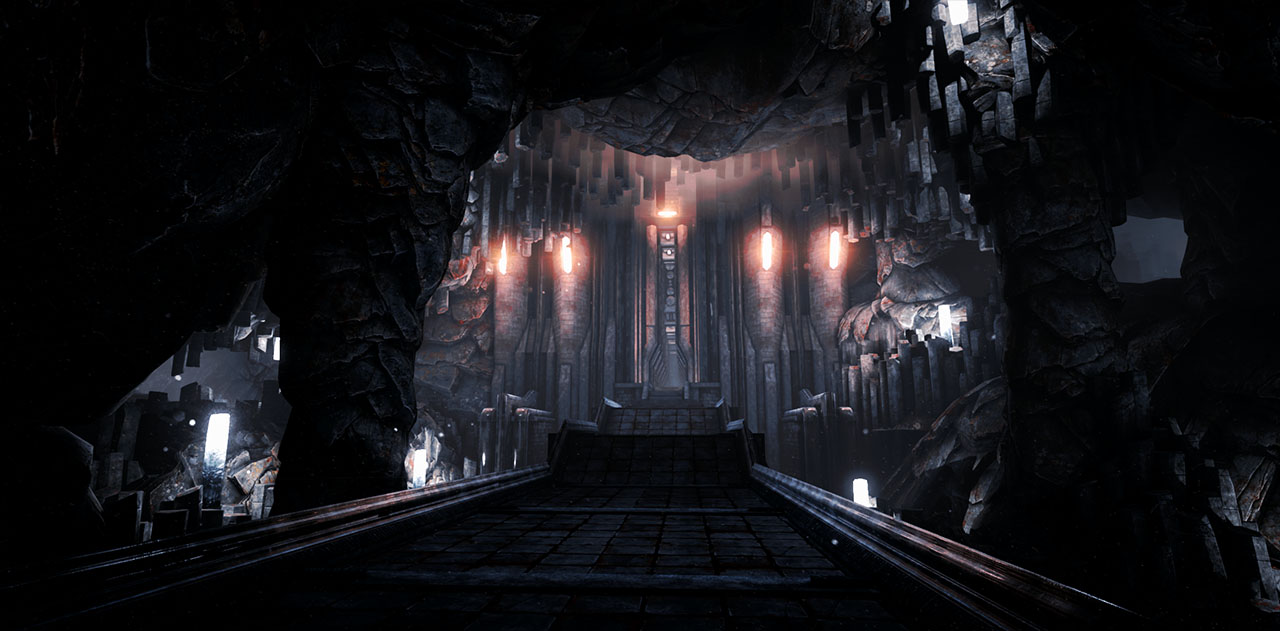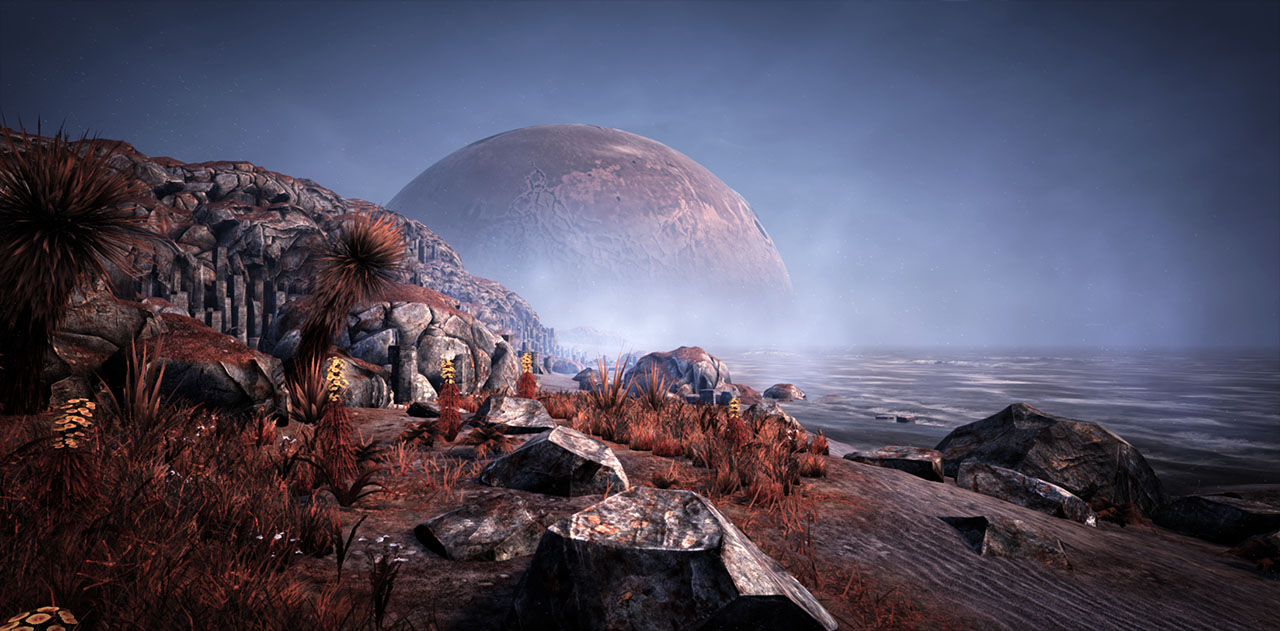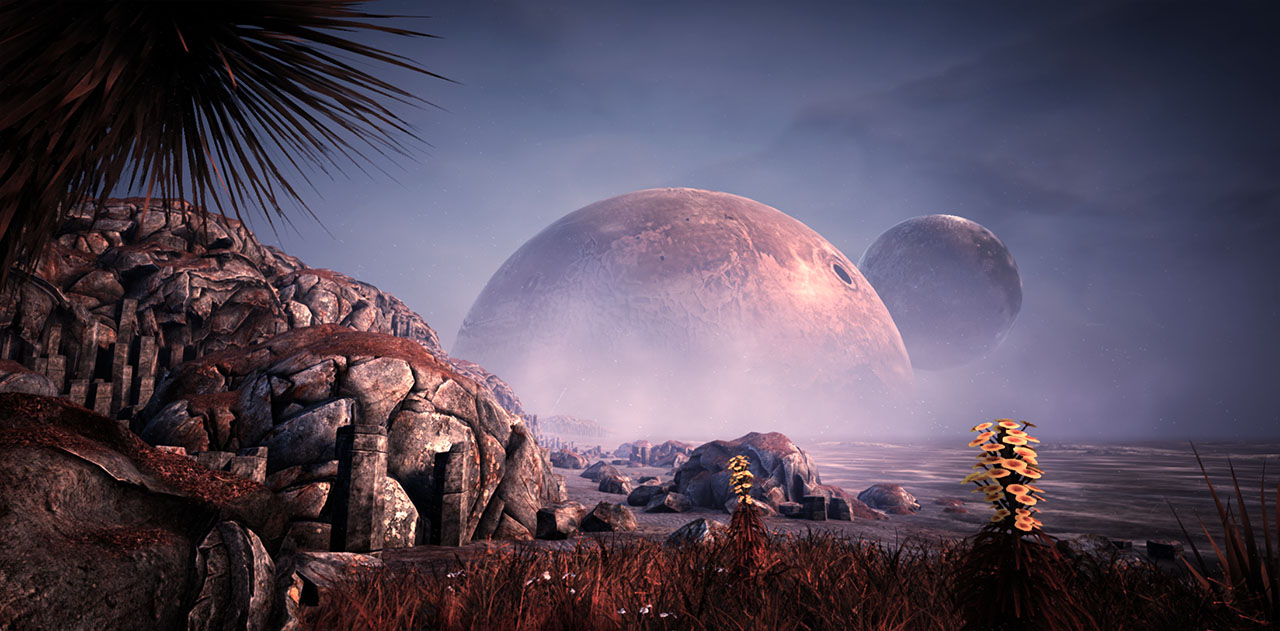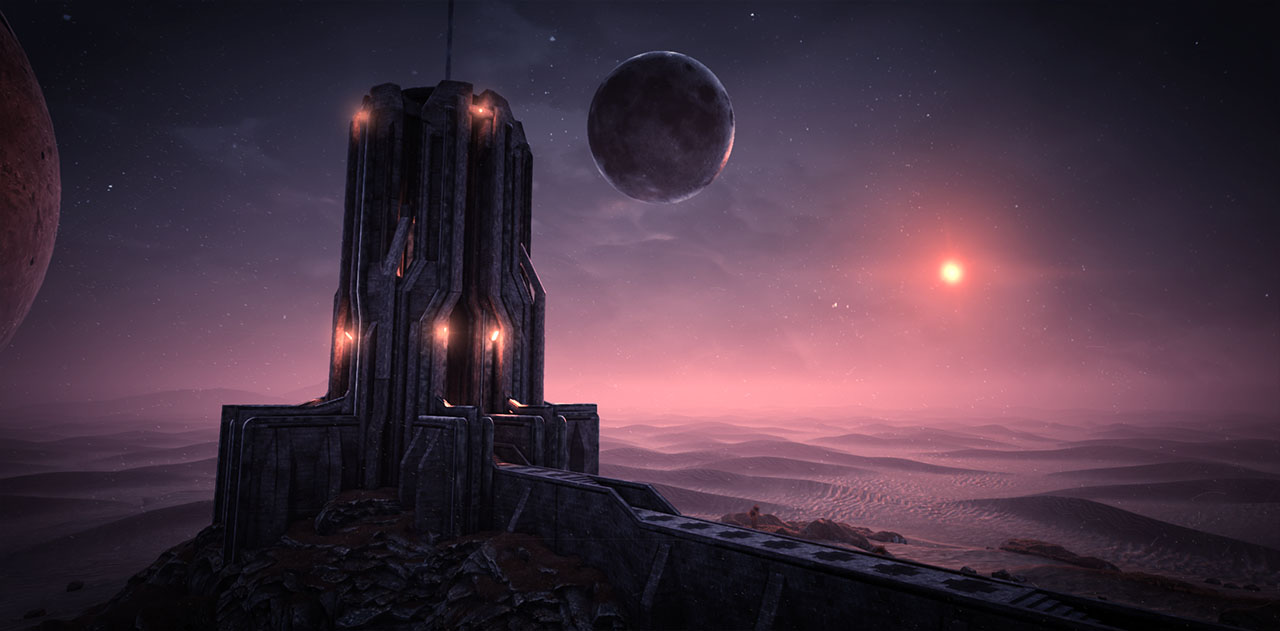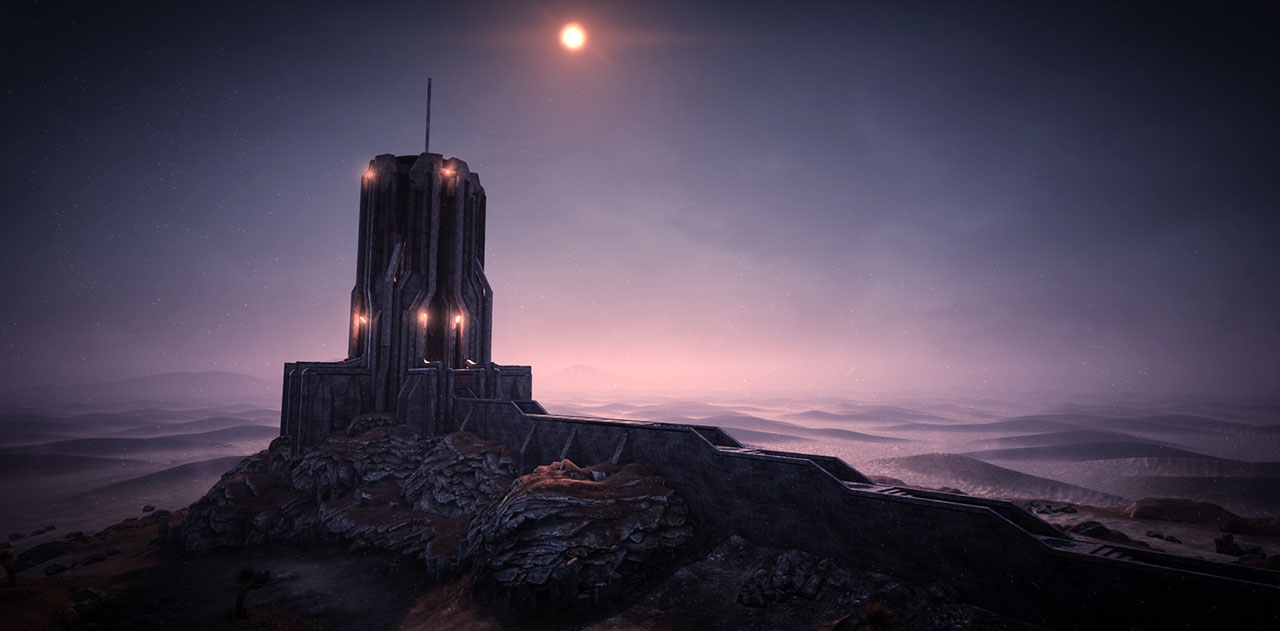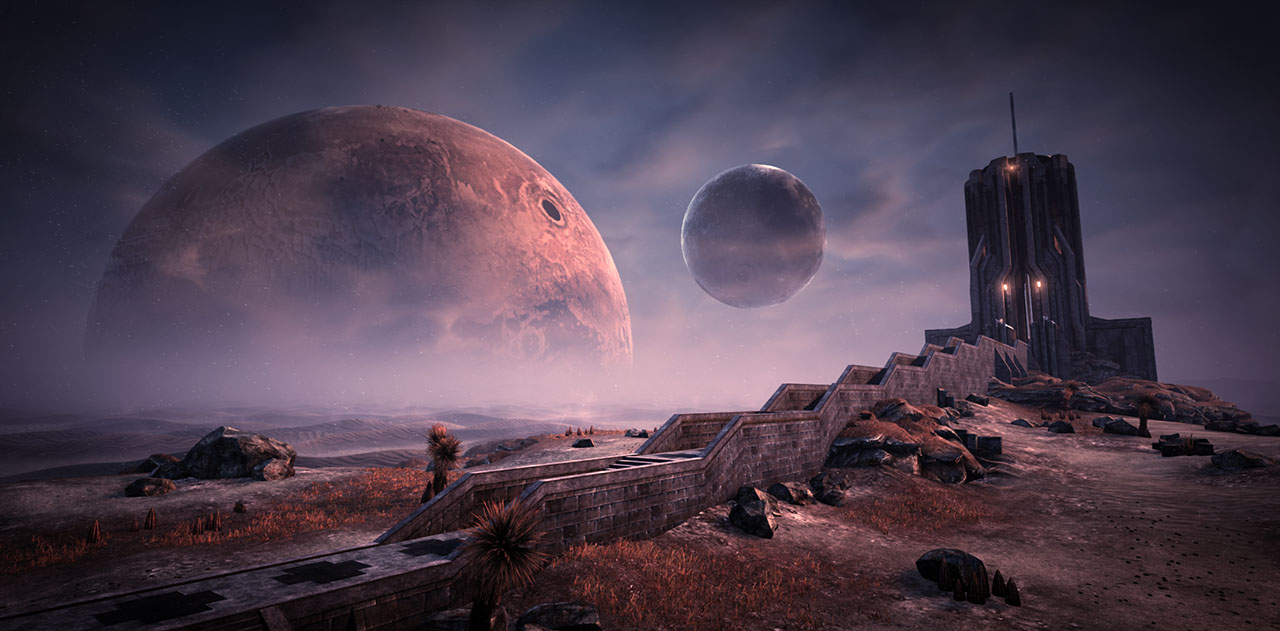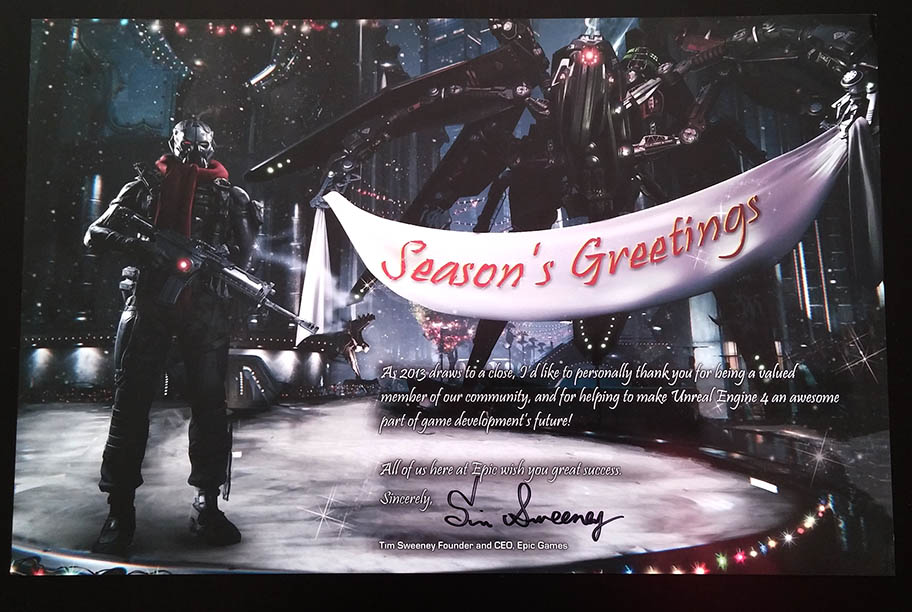
I am proud to announce my new game Solus - www.SolusTheGame.com
Solus is a single player exploration and survival game, experienced in first person and developed in Unreal Engine 4. It is set on a mysterious and uninhabited alien planet.
With Earth on the brink of destruction you are sent to explore a distant planet. After 20 years of space travel you arrive but experience a catastrophic landing.
With your team members dead and your equipment destroyed you have no way of communicating with- or receiving help from an earth that might no longer exist… Your are completely and utterly alone.
Core Gameplay Values
Explore – Survive through exploration. Unlock the strange planet’s underlying secrets. Are you sure you are the first one here?
Scavenge – Aid your survival and rebuild a communication device through the scavenging of useful items you come across.
Survive – The planet is hostile to your presence. The planet is your enemy. Survive tornadoes, storms, volcanoes, meteors, lightning, extreme temperature changes, and so on.
________________________
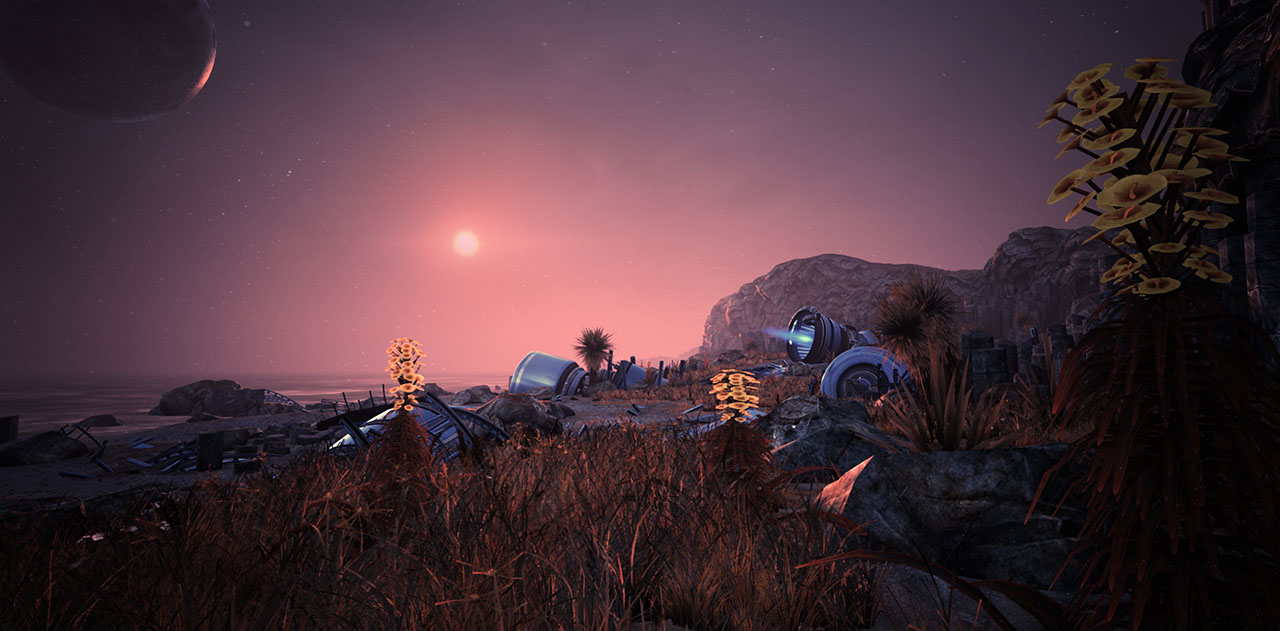
________________________
Features and Development
Immersion – Strong focus on atmosphere and immersion. The planet is to be captivatingly beautiful, but its dangers very real.
Oculus Rift – Supported for total immersion.
Atmosphere – Fully dynamic atmosphere. Temperature changes. Day and night. Tides. Winds. Dynamic weather. Disasters.
Extendibility – Extremely modular workflow within the game will allow anyone to easily create levels and areas to explore.
The Ball – Spiritual successor to The Ball. Same universe, same atmosphere.
________________________
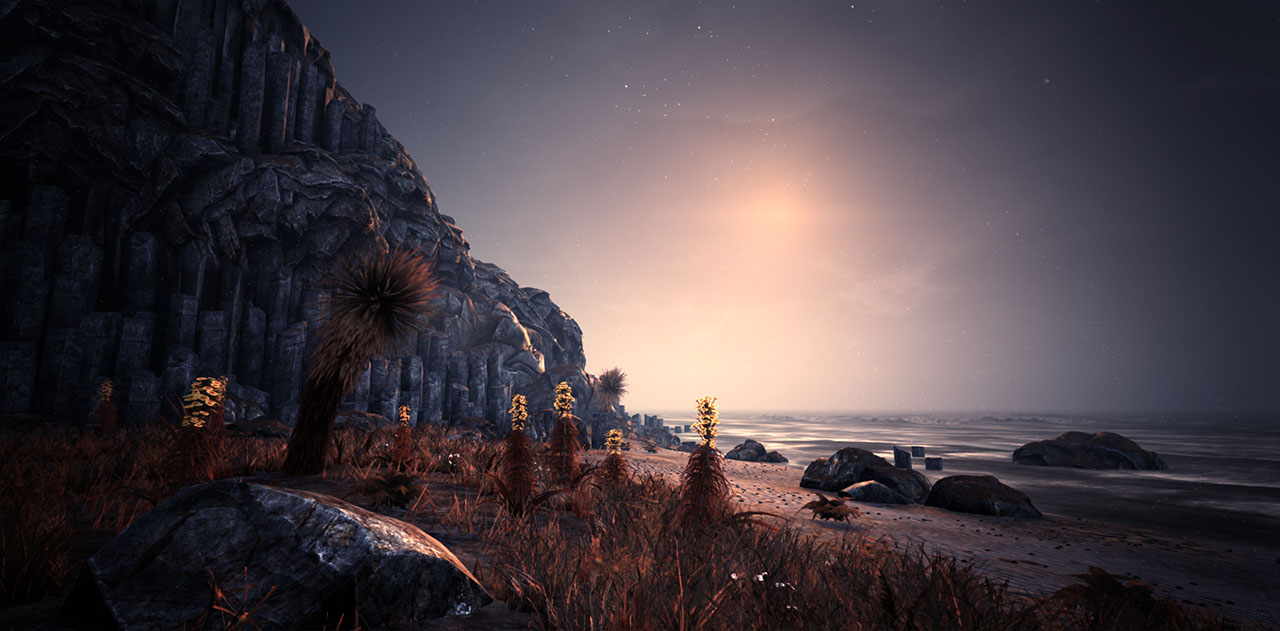
________________________
The Planet
The planet has a suitable atmosphere and houses large quantities of water, but is barren and mostly made up of rocks and desert.
It is circled by two moons, one large and one small with the big moon affecting the tide. One sun.
Days are hot (40C and above). Nights are cold (-35C and below). Vegetation is red.
Large number of caverns present. Different types of caverns depending on the depth you’re at. Normal stone caverns at the top, ice in the middle, and lava at the bottom.
________________________
Next gen Unreal Engine 4. I have been working with UE4 since last March, and have been working on Solus since July on an off and on basis.
It is meant as the spiritual successor to The Ball. Same universe, different planet. Like with The Ball it is a big new game early on in the Unreal Engine cycle. It is atmosphere driven and level design heavy just like The Ball. And like with The Ball I am being the one man army doing loads of work on this all on my own. It is my vision, concept, and style. The whole sky and weather system is mine, the color pallet and atmosphere, a lot of the models, all of the scripting, many of the particle effects, etc. And I did all of that in just 4 months time, part time.
The idea is to make a living and breathing planet, so you really feel like you are trapped on this beautiful but dangerously active alien planet. I took it far. I got tide, temperature, wind, and so on. They change dependent on the environment. If it is clear skies nights are colder but days are warmer. If there is a lot of wind, nights are colder. You can be hit by lightning and die. If it rains the temperature goes down. Flowers close during the night. The environment actually reflects everything when it begins to rain. And so on.
For me this wasn’t just a challenge to learn the new tools and features, and to get the style right, it was also all about making it not just work and look good, but doing those two things in a way that I can reproduce and extend it further rapidly. On the beach scene, spaceship parts aside, the only things that were actually modeled were the foliage meshes and one single hexagon pillar. Everything else you see is generated through clever tricks.
Everything is highly modular. I designed a giant box of legos that I can now give to level designers and have them make whatever they want using the same pieces over and over again. The thing takes less than 1 GB memory while running, while using 4096 and 2048 textures for nearly everything you see.
The game is far from completion, this is just an early sneak peak and teaser. Nothing in the pictures is representative of the final quality.
________________________

